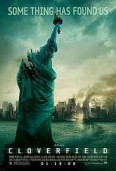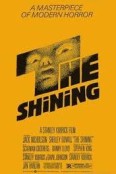Fantastic Films for Halloween
Horror Films: Why We Like To Watch
Horror is an ancient art form. We have tried to terrify each other with tales which trigger the less logical parts of our imaginations for as long as we've told stories. From the ballads of the ancient world to modern urban myths, audiences willingly offer themselves up to sadistic storytellers to be scared witless, and they are happy to pay for the privilege. Theories abound as to why this is so; do we derive basic thrills from triggering the rush of adrenalin which fear brings, or do horror stories serve a wider moral purpose, reinforcing the rules and taboos of our society and showing the macabre fate of those who transgress? Horror movies have long served both purposes. They deliver thrills by the hearseload, as well as telling us stories of the dark, forbidden side of life (and death) - cautionary tales for grown ups. They also provide a revealing mirror image of the anxieties of their time. Nosferatu (1922) is not simply a tale of vampirism, but offers heart-rending images of a town beleaguered by premature and random deaths, echoes of the Great War and the Great Flu Epidemic fatalities. At the other end of the century Blade (1998) is not just a tale of vampirism either, but reflects a fear of the powerful yet irresponsible elements in society, echoes down the corridor indeed of the seemingly impunitive behaviour of those at the top. Each generation gets the horror films it deserves, and one of the more fascinating aspects of the study of the genre is the changing nature of the monsters who present a threat. In the early 1940s, a world living under the shadow of Hitler's predatory tendencies identified a part-man, part-wolf as their boogeyman, whose bestial nature caused him to tear apart those who crossed his path. In the 1990s however, there was no need for a part wolf component: Jonathan Doe (Se7en 1994) and Hannibal Lecter (Manhunter 1986, Silence of the Lambs 1991, Hannibal 2001) were entirely human in their calculated and stylised killing methods.





